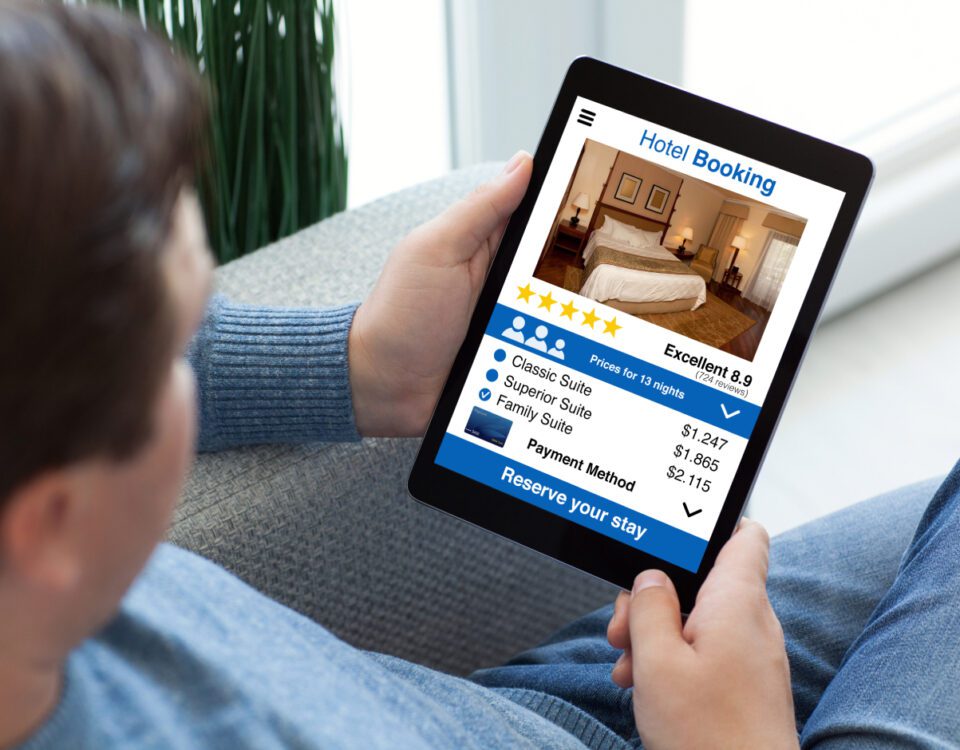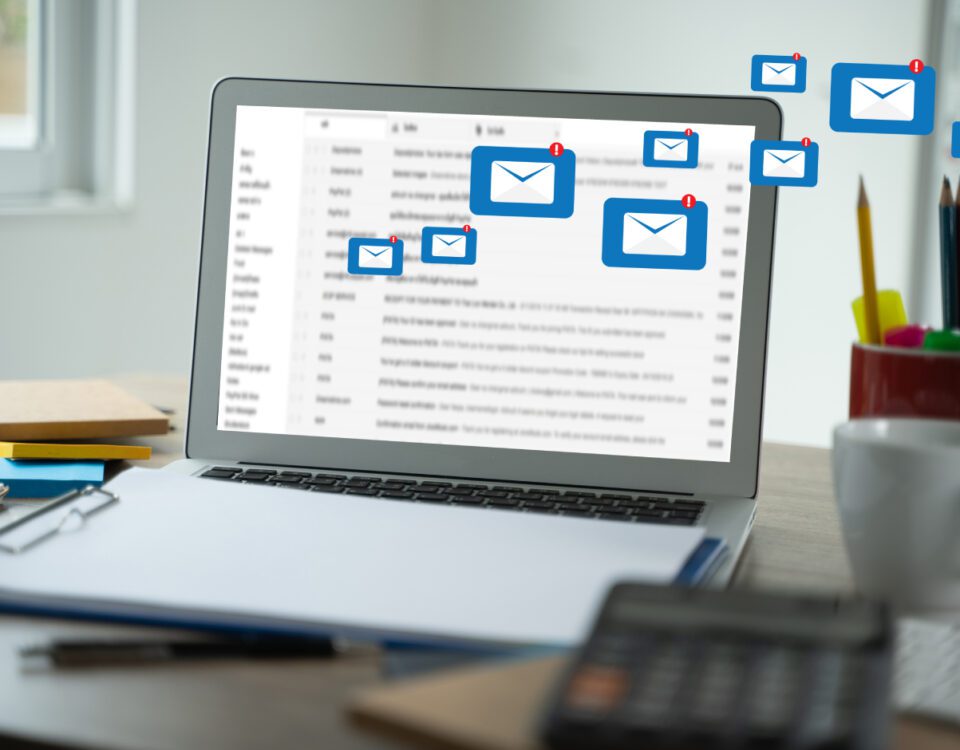
How to Do Customer Service Like a Pro
Thursday 2nd May
 by Beth Perrin
by Beth Perrin
Share
If you’ve confidently laid the foundations for your brand’s customer care strategy and want to delve into some top tips and extra considerations to help improve your standard of support even further, keep reading to find out how to provide the best customer service - whether you want to elevate your social media responses, assist shoppers in real-time with Live Chat or handle your online reviews more effectively.
Use The Right Platforms
The first step you should take is to carry out a comprehensive audit of your social channels. This is necessary to identify which platforms require the most attention. For example, there’s not much point in setting up a dedicated customer service account on X if you’re only receiving a couple of messages per month on this platform, while on the other hand, you shouldn’t be neglecting Facebook if this is where the majority of your enquiries are coming through. You may also find that some of your channels are predominantly being used for general chitchat and fun comments, while others are being used to ask important questions and raise concerns. Don’t forget to take both private messages and public comments into consideration, as you’ll need to respond to both.
You should also keep an eye on any new and emerging platforms, as these may grow to become popular customer service channels for your brand or industry.
Build an Interaction Guide
To ensure that your whole team is on the same page and everyone is following the same steps, you should put together a brand guide containing all the information they need to know in order to provide a seamless experience. This should include:
• Tone of voice guidelines
• Interaction examples
• Names and contact details of team leaders and department managers to whom complaints may need to be escalated
• A sitemap or directory of your website and products, so each team member knows where to direct customers who ask about specific items or pages
• Examples of messages that should be flagged, removed, ignored or marked as spam
At this stage, you should also agree upon a target FRT (First Response Time) and AHT (Average Handle Time). Your FRT is the amount of time a customer has to wait before help arrives, and your AHT is how long it takes you to deal with a request from start to finish. Naturally, your handle time will vary depending on the nature of each enquiry - for example, a quick question about shipping costs will be much faster to resolve than a lengthy complaint about a missing order - but it’s still a good idea to have a goal in mind so that your team members know how long they should be spending on each response.
Offer Self-Service Options
It goes without saying that you and your team should always be there to help your customers, but it’s still beneficial to offer a range of self-service options that they can try first. In fact, 67% of people like to use self-service facilities when they have a query about a product. This allows them to resolve issues quickly and easily without needing to request additional assistance, and can be achieved by:
• Adding an FAQ section to your website
• Posting how-to videos
• Sharing troubleshooting content on your social media pages
Users are actually 3 times more likely to watch a YouTube tutorial than read a product’s instructions!
Respond Quickly but Thoroughly
It’s important to keep your target FRT in mind at all times and reply as quickly as you can, but still take care not to rush your responses as this can lead to spelling errors, customer mixups and incorrect information being given. Make sure you read every message thoroughly and check that you understand exactly what each customer is enquiring about before sending your reply. Don’t forget it’s okay to ask them for clarification if you’re unsure!
Ensure that you check through your previous messaging history with a customer before responding, as having to repeat information that’s already been provided can cause them additional frustration, and will lengthen your AHT unnecessarily.
Personalise Every Interaction
Offering personalisation is one of the best ways to make your customer service stand out from the crowd. 71% of consumers are frustrated by impersonal shopping experiences and 84% agree that they’re more likely to buy from brands that treat them like a person, not a number - so tailoring your responses to their individual needs can really turn occasional shoppers into loyal customers.
Unless it’s not displayed on the platform you’re using, you should use the customer’s name when greeting them, and be sure to type out a fresh response each time instead of copying and pasting a generic, templated answer. Consider signing off each message with your own name or initials to humanise your brand too.
Respond to Reviews
It’s important to remember that the customer journey doesn’t end at the checkout - interacting with your audience after they’ve made a purchase or visited your location is essential for growing brand love too. This can be done by responding to the reviews your business receives online, both on dedicated review sites such as Trustpilot, Google and Tripadvisor, and on social media platforms that offer reviews, like Facebook.
As mentioned above, you should personalise your review responses by using the person’s name (if possible), and addressing the specific aspects raised in their feedback rather than copying and pasting a one-size-fits-all response. If it’s positive, show your gratitude by thanking them for their kind words, and gently encourage them to buy from you again in the future.
If it’s negative, make sure to apologise first and foremost, before taking steps to put things right. If your business has an additional feedback form where the customer can share further information about their experience, send them a link and let them know that you’d like to find out more in order to help them. Alternatively, provide them with contact details of a manager or another key member of your team who will be able to assist. 95% of dissatisfied customers will actually return to a company if the issue they raised in their review gets resolved quickly and efficiently.
In some cases, it can even be appropriate to give unhappy customers a voucher, discount code or free gift as an act of consolation.
Add a Live Chat Plugin to Your Website
Depending on the nature of your business, implementing Live Chat on your website can boost your level of customer service. A Live Chat feature will give you and your customers an almost instant method of communication, and can be an excellent option for handling product questions and directing shoppers to the right pages. In fact, 51% of consumers are more likely to stay with or buy again from a company if it offers live support.
More than half of cart abandonments happen as a result of customers not being able to find quick answers to their questions, which it’s why it’s imperative that you’re available to chat to shoppers before they become frustrated and decide to give up on their purchases. Live Chat is also a fantastic way to personalise the shopping experience, as it enables you to suggest items that directly suit customers’ needs or even give them access to exclusive product bundles and discounts.
Don’t Use Chatbots
Despite AI being a seemingly inescapable force at the moment, one of our biggest customer service tips is to steer clear of chatbots! Sending automated messages and leaving your support strategy in the hands of AI can result in inaccurate responses, a lack of personalisation and wrong answers being given, due to its inability to fully understand human language. Plus, with 86% of consumers preferring to interact with a real person instead of a bot, it’s clear to see how customers feel about them. If you’re thinking of handing your customer service over to a bot due to a lack of time or resources, consider outsourcing to an agency like 3sixfive instead.
Provide Community Management
When you’re not resolving specific requests and complaints, don’t forget to engage in general conversations with your customers too. Interacting with your audience and responding to comments on social media is known as Community Management, which is a perfect accompaniment to customer service and is a great way to increase brand love. Chatting with your fans and followers will humanise your business and show its fun side, ultimately strengthening customer relationships and making your brand seem more approachable.
As well as replying to comments where you’ve been tagged directly, remember to carry out Social Listening to find and respond to additional untagged mentions that you may have missed otherwise.
Use Sentiment Analysis to Your Advantage
While sentiment analysis is most commonly used to find out how people are feeling about your products and services, it can also be beneficial for gathering opinions about your standard of customer support. If the majority of your incoming negative comments mention customer service specifically, it’s a clear indication that something is wrong and you need to re-think your strategy.
To monitor the sentiment of your Live Chat, you can include a customer satisfaction (CSAT) survey at the end of each conversation. This can simply involve a few quick questions about how happy the user is with the service they received, a clickable star rating or even just a thumbs up/thumbs down system. Many Live Chat software providers offer a post-chat form tool (such as this one from LiveChat) so you can easily add a prefabricated survey or customise it with your own fields. Just make sure to check your survey results on a regular basis to see how well you’re doing and if there are any areas in need of improvement.
Summary
We hope these tips and considerations will help you improve your brand’s customer support strategy. Which ones are you planning to implement? Find us on X @3sixfivepro to let us know, or to share any more useful ideas you’ve already benefited from. Don’t forget our expert team can provide around-the-clock social media customer service on behalf of your business if you don’t have enough time or internal resources.








